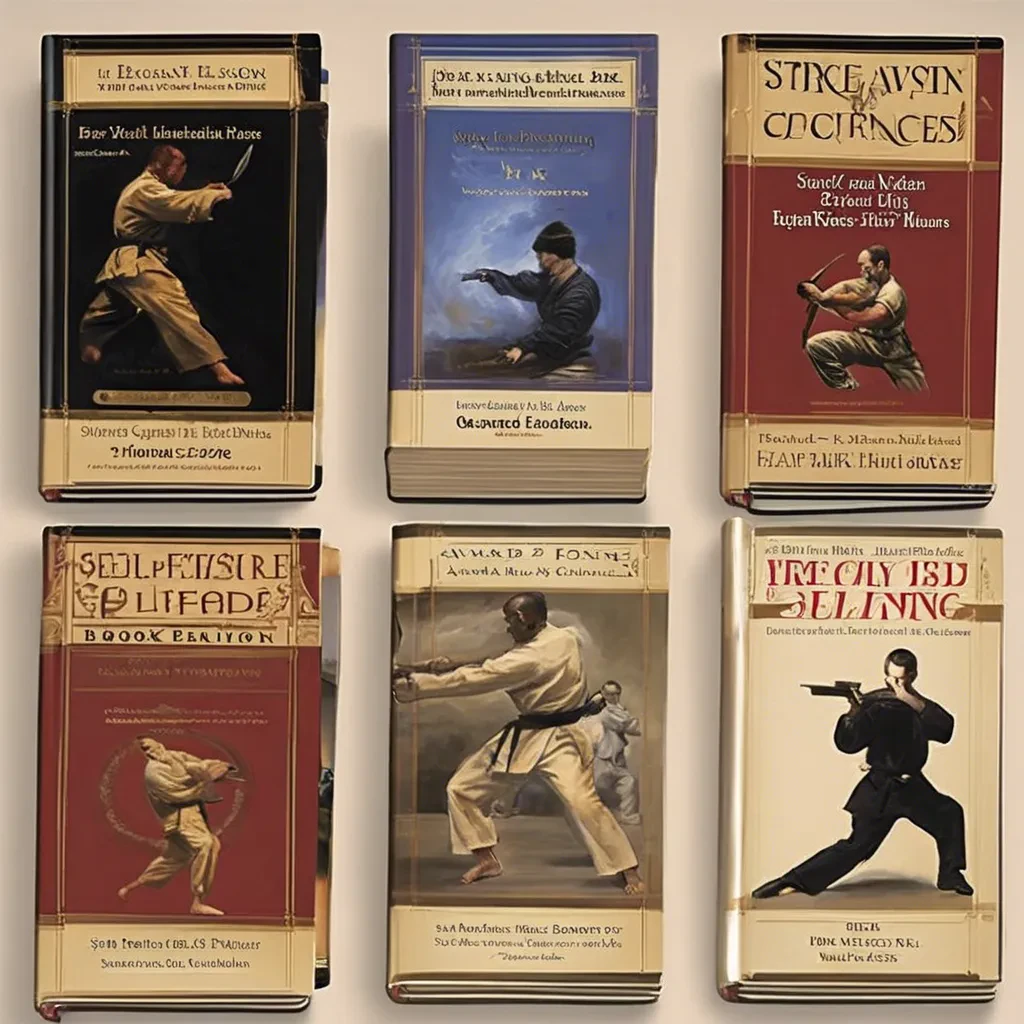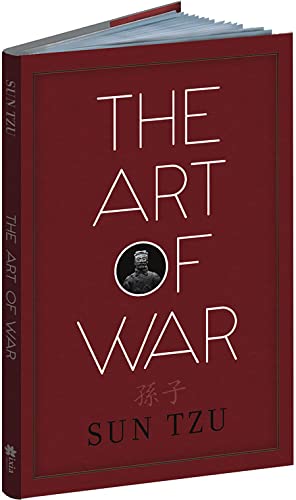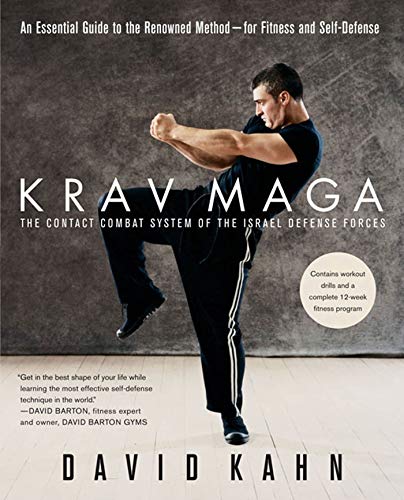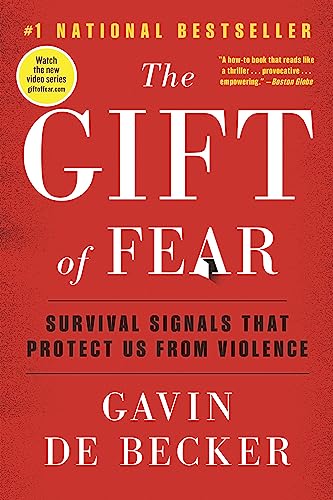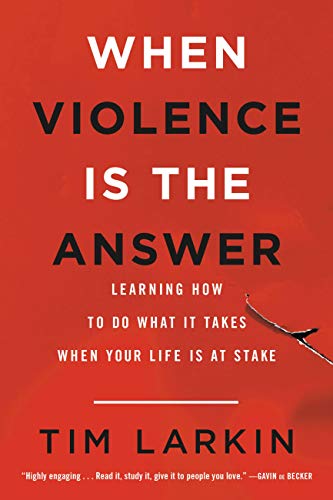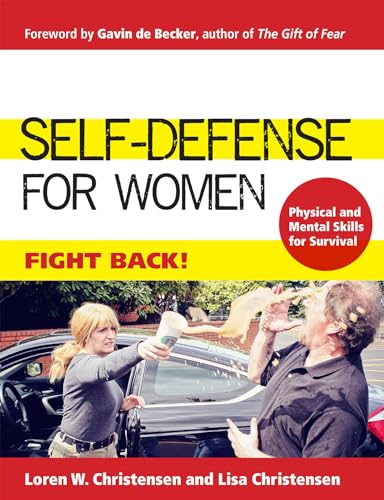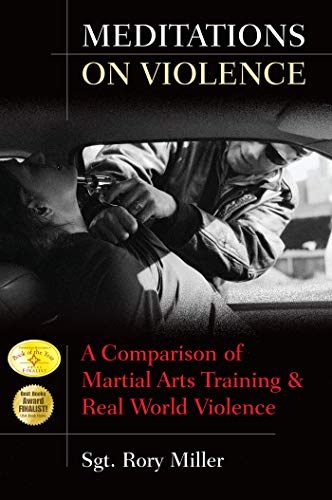Introduction to Self-Defense Literature
The surge in safety concerns globally has resulted in an increasing interest in self-defense strategies. This growing emphasis on personal security has pivoted many towards self-defense literature as a practical resource for empowerment. Understanding the principles of self-defense goes beyond merely learning physical maneuvers; it encompasses a comprehensive grasp of situational awareness, psychology, and legal aspects.
One might wonder why self-defense literature holds such significant relevance today. As societal dynamics evolve, so do the nature of threats we face. Whether it's urban environments or rural areas, the need to be prepared with both mental and physical strategies cannot be overstated. Self-defense books become pivotal as they offer detailed insights that can aid individuals in navigating potential dangers more effectively.
By delving into self-defense literature, readers can unlock invaluable knowledge and skills. These books often provide step-by-step guidance, preventive strategies, and real-life scenarios that can serve as virtual training sessions. This is particularly beneficial for those who might not have the time or resources to attend physical self-defense classes. Additionally, self-defense books cater to a diverse audience, making the information accessible to various age groups, fitness levels, and professional backgrounds.
Furthermore, self-defense literature also addresses the psychological aspects of facing confrontational situations, building mental fortitude and resilience. Understanding the mindset of both the defender and the aggressor can significantly alter the outcome of a confrontation. The integration of this psychological perspective with physical techniques ensures a well-rounded approach to personal safety.
As we embark on an exploration of some of the most popular and influential self-defense books, it is crucial to appreciate the profound impact these resources can have on one's ability to stay safe. The following sections will delve into specific books, detailing their unique contributions to the field of self-defense and why they are worthy additions to your personal library.
The Art of War by Sun Tzu
Sun Tzu's "The Art of War" is a timeless treatise on strategy and tactical prowess that transcends its origins in ancient Chinese warfare. Although the text is not exclusively focused on self-defense, its principles provide profound insights relevant to the modern context of personal protection and conflict management. Written over 2,500 years ago, the wisdom contained within the 13 chapters compels readers to approach adversarial scenarios with forethought and precision.
The essence of "The Art of War" revolves around the concept of strategic thinking and the anticipation of an opponent's moves. Sun Tzu emphasizes the importance of knowing both oneself and one's enemy, a doctrine that holds considerable significance in self-defense. By understanding one’s strengths and vulnerabilities, individuals can better prepare to counter threats effectively. Similarly, recognizing the tactics and intentions of potential aggressors allows for a more informed and measured response, decreasing the likelihood of escalation and increasing the chances of a favorable outcome.
Tactical awareness is another cornerstone of Sun Tzu's philosophy. This involves situational analysis, the use of deception, and the element of surprise. In self-defense, these teachings translate to being vigilant about one's surroundings, employing feints or misleading the opponent, and seizing opportunities to neutralize threats swiftly. For instance, a self-defense practitioner might use misdirection to catch an attacker off guard or use the environment to their advantage, echoing Sun Tzu's advice to adapt to the battlefield's ever-changing dynamics.
The book also explores the idea of psychological warfare, underscoring the power of mental clarity and emotional control. Managing fear and stress during confrontations is crucial, as panic can hinder decision-making and effectiveness. By cultivating a resolute mindset, as recommended by Sun Tzu, individuals can improve their capacity to remain calm under pressure, enhancing both confidence and competency in self-defense scenarios.
In essence, "The Art of War" offers a strategic framework that extends beyond traditional combat and can be adapted to personal security and self-defense. Its enduring relevance makes it an invaluable read for anyone looking to deepen their understanding of conflict resolution and tactical intelligence in the context of modern self-defense practices.
$11.95
$7.99
4.49 out of 5 starsThe Art of War
Product information
Product Review Score
Product links
Krav Maga: An Essential Guide to the Renowned Method by David Kahn
David Kahn's book, "Krav Maga: An Essential Guide to the Renowned Method," stands as a pivotal resource for individuals seeking to master the Israeli martial art of Krav Maga. Known for its focus on real-world situations and practical self-defense techniques, Krav Maga is distinguished by its emphasis on survival and efficacy under extreme stress. Kahn's guide delves into both the physical and mental preparedness necessary for effective self-defense, providing readers with an extensive framework to build their skills.
One of the book's key strengths lies in its structured instructional approach which suits any skill level, from novices to advanced practitioners. The initial chapters lay the groundwork by introducing the fundamental principles of Krav Maga, including situational awareness, avoidance, and de-escalation strategies. Following this, the book incrementally builds on more complex techniques, ensuring that readers develop a solid foundation before advancing to sophisticated maneuvers.
Kahn incorporates detailed explanations and numerous illustrations, effectively breaking down each self-defense technique into manageable steps. This methodical approach ensures that readers not only understand the mechanics of each move but also the underlying strategy behind their application. The book also emphasizes the importance of conditioning and mental fortitude, presenting exercises designed to enhance both physical fitness and psychological resilience.
Additionally, "Krav Maga: An Essential Guide to the Renowned Method" includes real-life case studies that illustrate the practical application of techniques in various scenarios. These case studies provide invaluable insight into how Krav Maga can be adapted to different threat levels and environments, reinforcing the adaptive nature of this martial art.
By addressing both the physical and mental aspects of self-defense, David Kahn offers a holistic guide that empowers readers to cultivate confidence and proficiency in handling a broad spectrum of challenges. Whether one is looking to improve personal safety or gain a deeper understanding of martial arts, this book serves as an indispensable resource for achieving those objectives.
$21.99
$12.89
4.44 out of 5 starsKrav Maga: An Essential Guide to the Renowned Method--for Fitness and Self-Defense
Product information
Product Review Score
Product links
The Gift of Fear by Gavin de Becker
"The Gift of Fear" by Gavin de Becker stands as a seminal work in the realm of personal safety and self-defense. In this compelling book, de Becker, a renowned security specialist, explores the vital role of intuition in recognizing and evading danger. The cornerstone of the book is the assertion that fear, when understood correctly, is an invaluable tool for survival. De Becker uses a blend of real-life anecdotes, psychological insights, and empirical research to elucidate how individuals can harness their intuitive faculties to stay safe.
One of the book's primary lessons is the importance of trusting one's gut feelings. De Becker argues that our subconscious mind often picks up on subtle cues that our conscious mind may overlook. These cues, whether they stem from body language, tone of voice, or environmental context, can signal impending danger. The author illustrates this with numerous cases where individuals acted on their intuition to avoid violent encounters, thereby validating the concept of intuition as a "gift" that should not be ignored.
An impactful story in "The Gift of Fear" involves a woman named Kelly who narrowly escapes a potential assault. Highlighting this anecdote, de Becker showcases how Kelly's initial unease around a stranger morphed into a life-saving decision to stay alert and responsive. This narrative serves as a didactic tool, impressing upon readers the importance of listening to their inner warnings.
The book also provides pragmatic advice on identifying pre-incident indicators, which are behaviors and signals that precede violent actions. De Becker details how recognizing patterns like persistent, unwanted attention or unusual conduct can be instrumental in averting danger. Furthermore, he debunks common myths about violence, encouraging readers to adopt a more empowered and proactive stance regarding their personal safety.
In essence, "The Gift of Fear" empowers readers by teaching them to rely on their inherent instincts and understand the psychological underpinnings of fear. It is a must-read for anyone interested in enhancing their situational awareness and personal defense capabilities. Through its nuanced approach, the book not only educates but also inspires a renewed appreciation for the instinctual knowledge within us all.
$21.99
$12.59
4.46 out of 5 starsThe Gift of Fear
Product information
Product Review Score
Product links
When Violence Is the Answer by Tim Larkin
'When Violence Is the Answer' by Tim Larkin delves into the often controversial subject of using violence as a tool for self-defense. The book argues that under specific circumstances, violence is not only justifiable but necessary for personal safety. Larkin's work confronts common misconceptions about violence, aiming to educate readers on when it's appropriate to employ force to protect oneself or loved ones.
The author emphasizes that understanding violence involves not just physical prowess but also psychological preparation. Larkin contends that many people are ill-equipped to deal with violent situations simply because they have not been mentally conditioned to respond appropriately. His book offers a comprehensive guide on the mindset required to act decisively during dire situations.
According to Larkin, one of the key elements in preparing for potential violence is recognizing its role as a strategic tool. He outlines scenarios where traditional de-escalation tactics may fail, leaving violence as the necessary last resort. For instance, when an individual is faced with an immediate and unavoidable threat, the ability to swiftly and effectively counteract that danger can be crucial for survival. Larkin's approach is grounded in the belief that knowledge and preparedness can make the difference between life and death.
Critics of 'When Violence Is the Answer' often highlight its seemingly aggressive stance on self-defense. However, Larkin asserts that his intention is not to promote violence but to demystify it. He aims to equip readers with the awareness and skills needed to navigate situations where their safety is at risk. This perspective is vital, especially for those who may face violent encounters and must make split-second decisions that could save their lives.
Through real-world examples and practical advice, Larkin's book offers a robust framework for understanding the harsh realities of violence and how to respond effectively. Readers are guided through the psychological and physical preparations necessary to ensure that they can protect themselves when no other options are left. Overall, 'When Violence Is the Answer' presents a crucial, albeit challenging, aspect of self-defense that is essential for comprehensive personal safety strategies.
$11.99
4.44 out of 5 starsWhen Violence Is the Answer: Learning How to Do What It Takes When Your Life Is at Stake
Product information
Product Review Score
Product links
Self-Defense for Women: Fight Back by Katy Mattingly
Katy Mattingly’s 'Self-Defense for Women: Fight Back' is an essential resource tailored specifically for women seeking to enhance their personal safety and self-defense capabilities. This well-structured book provides practical advice and techniques that resonate with the unique challenges women may face in threatening situations. Mattingly’s approach is deeply grounded in empowering readers, emphasizing that self-defense is not only about physical prowess but also about mental readiness and confidence.
The author covers a wide array of scenarios that women could potentially encounter, offering strategies that are both effective and straightforward. What sets this book apart is its focus on real-life situations and Mattingly's commitment to making the content accessible. She breaks down complex techniques into manageable steps, ensuring that even individuals with no prior self-defense training can follow along and apply the concepts effectively.
Furthermore, Mattingly’s writing style is notably approachable, which helps in debunking the myth that self-defense is an intimidating or unattainable skill for the average woman. She speaks directly to her audience, using clear and concise language while avoiding technical jargon. This makes 'Self-Defense for Women: Fight Back' not only a practical guide but also an engaging read that women can relate to and feel motivated by.
Among the valuable insights offered, Mattingly highlights the importance of awareness and intuition in preventing confrontations. She provides actionable advice on how to read body language, recognize warning signs, and defuse potential threats before they escalate. This preventive approach, combined with physical defense techniques, equips women with a comprehensive toolkit for personal safety. 'Self-Defense for Women: Fight Back' is a must-read for any woman interested in taking proactive steps towards safeguarding herself.
$22.95
$16.38
4.85 out of 5 starsSelf-Defense for Women: Fight Back
Product information
Product Review Score
Product links
Meditations on Violence by Rory Miller
In "Meditations on Violence," Rory Miller provides a deeply analytical approach to understanding the complexity of violence and the psychology behind it. This book is not just a guide on how to physically defend oneself but also an exploration of the mindset required to navigate confrontations effectively. One of the core themes Miller delves into is the distinction between social and asocial violence. Understanding this difference is pivotal for anyone serious about self-defense.
Social violence, as explained by Miller, revolves around dominance and social positioning. It is usually an outcome of conflicts that can be addressed through de-escalation tactics. Examples include bar fights or altercations arising from misunderstandings. On the other hand, asocial violence is predatory, with the aggressor seeking to harm someone without any social context. This form of violence demands a more immediate and often physical response to ensure one's safety.
Rory Miller also emphasizes the importance of recognizing the pre-violence cues and psychological triggers that lead to confrontations. By being aware of these indicators, one can better prepare mentally and physically, thus enhancing their self-defense strategies. Another notable topic covered in the book is the "freeze" response – that moment when a person becomes momentarily immobilized in the face of danger. Miller offers insight into overcoming this response through mental conditioning and repetitive training, thereby improving one's ability to react swiftly and effectively in real-world scenarios.
The book succeeds in bridging the gap between theoretical knowledge and practical application, making it an indispensable resource for both novice and experienced practitioners of self-defense. For anyone looking to deepen their understanding of violence and improve their defensive tactics, "Meditations on Violence" provides valuable lessons and strategies that are both profound and practical.
$19.95
$15.37
4.83 out of 5 starsMeditations on Violence: A Comparison of Martial Arts Training and Real World Violence
Product information
Product Review Score
Product links
Conclusion: Choosing the Right Self-Defense Book for You
In navigating the myriad of self-defense literature available, selecting the right book can significantly impact your journey toward personal safety and empowerment. Through our exploration, we have delved into a variety of notable self-defense books, each offering unique insights and practical advice. These range from detailed techniques and tactics to broader psychological and strategic principles.
For those seeking hands-on techniques and immediate practical application, books that focus on physical self-defense skills are invaluable. Titles such as "The Gift of Fear" by Gavin de Becker provide critical everyday tactics and awareness, sharpening your instincts against potential threats. On the other hand, works like "Meditations on Violence" by Rory Miller offer a blend of actionable techniques coupled with deep analytical insights into violent encounters.
If your interest lies in the psychological aspect of self-defense, books that explore mental preparedness and situational awareness will be more aligned with your needs. "The Art of War" by Sun Tzu, despite its ancient roots, provides timeless strategic principles that can be extrapolated to modern self-defense. It emphasizes the importance of psychological readiness and understanding one's environment to avoid or de-escalate confrontations.
Choosing the right self-defense book depends largely on your personal preferences, existing knowledge, and specific objectives. Are you looking to develop physical tactics, build mental fortitude, or learn strategic avoidance measures? Consider diversifying your reading list to include books that cover various dimensions of self-defense. Doing so will furnish you with a more holistic understanding and better preparation.
Lastly, don’t restrict yourself to a single source. Combining insights from different authors can enhance your comprehension and make your self-defense practice more robust. Remember, real-world situations are unpredictable, and having a well-rounded approach can be the key to effectively protecting yourself and others. Exploring multiple perspectives and techniques ensures you're better equipped to handle diverse scenarios with confidence.
